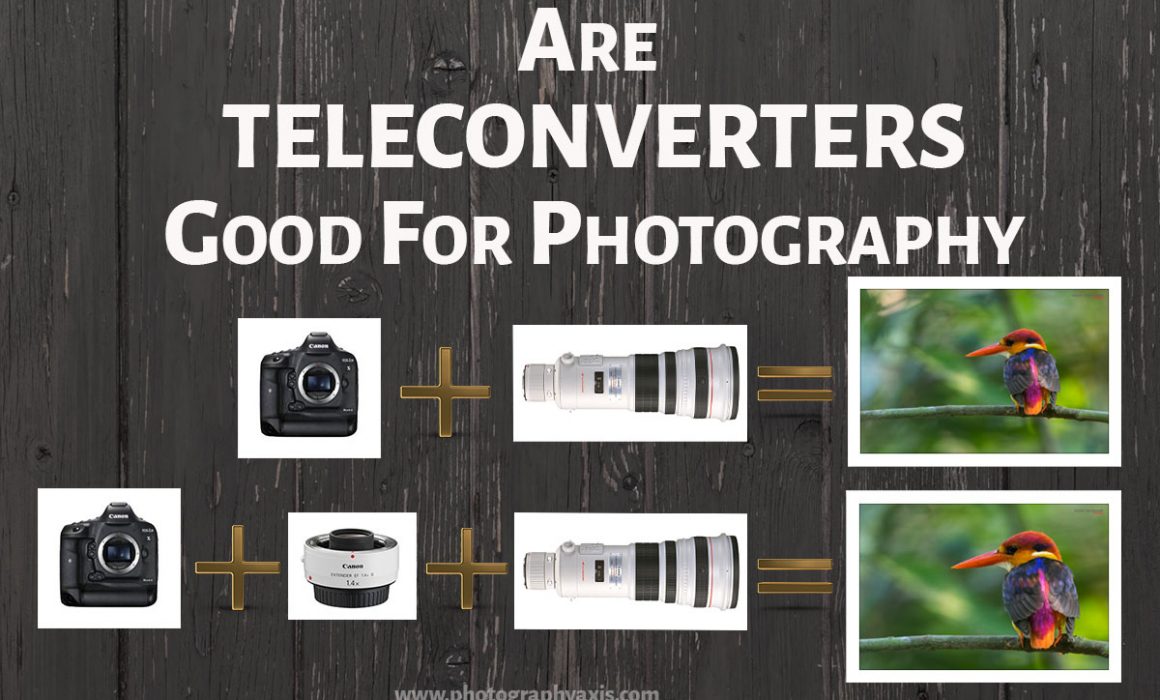Are Teleconverters Good for Photography?
Are teleconverters good for photography? This will be the question in the minds of many photographers, especially if you are an amateur. What are the pros and cons of using a teleconverter/ lens extender for photography? Who should use a teleconverter? I will try to clarify all such queries regarding teleconverters through this guide.
What is a Teleconverter?
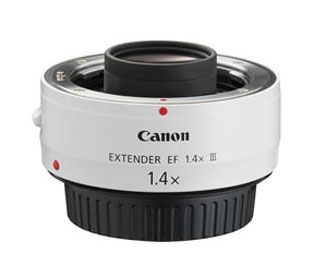
A Teleconverter is a camera accessory that comes between the camera lens and the body. It helps to increase the focal length of your camera.
Here, you are introducing additional glass elements along with electrical contacts to your camera.
They are also known as “Lens Extenders.”
What Does a Teleconverter Do?
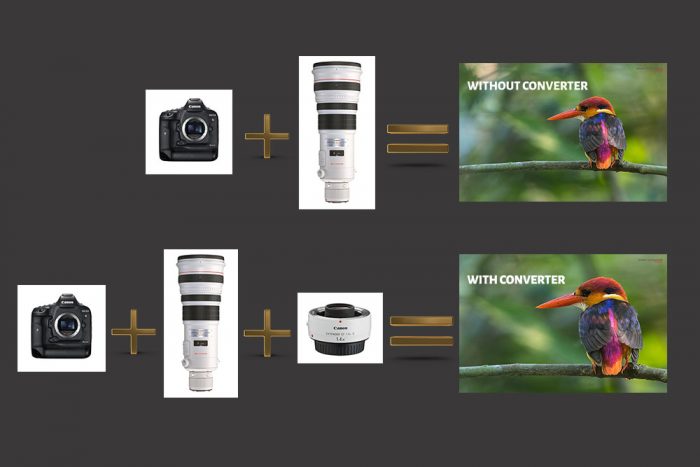
The main purpose of using a teleconverter is to increase the focal length of your lens. Thus, you will get more reach.
An extender multiplies the focal length by a fixed number. This number will vary for different types of teleconverter models and brands.
It is better to explain the working of a Lens Extender with an example.
Suppose, you are photographing a bird with a Canon 1DX Mark ii (a full-frame camera) with a Canon 500mm f4 L IS II lens. You will get an effective focal length of 500mm.
This image of the Oriental Dwarf Kingfisher bird is photographed using this camera and lens combination.
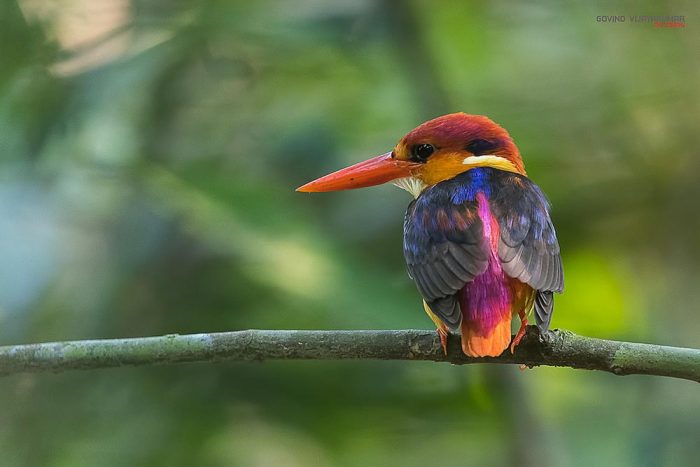
If you attach a Canon 1.4x extender to this camera setup, the effective focal length increases to 700mm (1.4 x 500 = 700mm).
Thus, you can get the additional 200m reach with this extender.
The final image may look like the one shown below. (This image is a 1.4 times zoomed version from the original picture, shown for illustration purposes.)
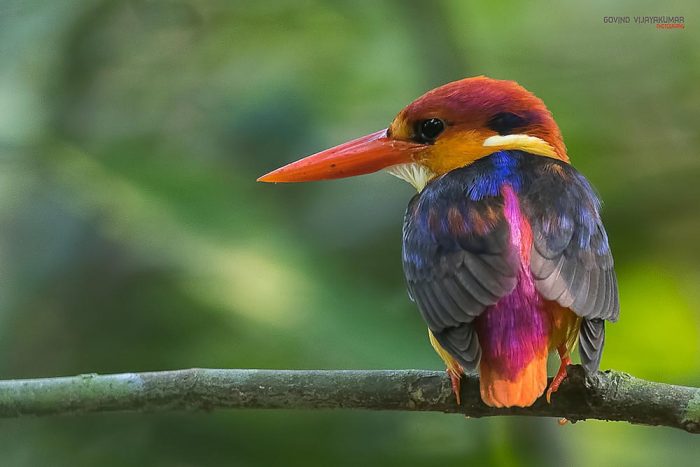
You can see that the bird occupies a major part of the image. Also, the feather details of the bird are more visible.
What Type of Photographers should use Teleconverters?
There are two types of photographers, who will find the teleconverters to be useful.
1. Wildlife Photographer
If you are into wildlife photography, it is a good idea to use a teleconverter. As a wildlife photographer, you won’t have the luxury to get close to your subject.
You can use a teleconverter to get that extra reach. It also ensures that you are at a safe distance from the subject.
If you get too close to the subject, the animal may not be comfortable with your presence. Thus, you will not be able to capture its natural behavior. Also, you are compromising your safety by getting closer to the animal.
2. Bird Photographer
It is a must-have camera accessory for a bird photographer.
When you do bird photography, the birds would be at a distance, and their size will be small when compared to a wild animal. The more the focal length better more will be the details of the bird in the image.
It is a good idea to use an extender while photographing birds unless you are photographing big birds like cranes or storks.
Consider reading, different types of photography, if you want to know the various genres of photography.
Is it worth using a Teleconverter?
To answer this question, we should see the pros and cons of using a Lens Extender.
Advantages of Teleconverter
Let us start with the advantages of using a teleconverter.
1. Helps you to Get More Reach
The primary job of the teleconverter is to increase the focal length. Thus, you will be able to get more reach.
It is helpful if your subject is far away and you don’t have the luxury of approaching it to get a nearby shot.
2. Cost-Effective
If you don’t want to use a teleconverter and you still want more reach, you need to upgrade your current camera lens.
You can easily get an extender under $500. If you go for a lens upgrade, you need to spend more.
Thus, buying a teleconverter is a cost-effective solution.
3. Reduce Weight
As a photographer, you always want to travel as light as possible. You will be more comfortable if you use lightweight camera gear.
You can save some amount of weight if you use a teleconverter rather than going for a telephoto lens with the equivalent focal length.
For example, If you use a 300mm f2.8 lens for wildlife and bird photography. From the weight perspective, using a 2x extender would be a good solution to increase the reach.
Here, you will get an effective focal length of 600mm at f5.6.
The other option would be to go for a 600mm f4 prime lens, which would be a bulky option.
Disadvantages of Using a Teleconverter
Now, let us have a look at the disadvantages.
1. Impact on Image Quality
A lens extender does have an impact on image quality since we are introducing additional glass elements in between the lens and the camera. There will be a slight reduction in the sharpness of the image.
The camera lens technology has advanced so much that the slight reduction in the sharpness is hardly noticeable in the newer versions of teleconverters from manufacturers like Canon and Nikon.
2. Reduces Auto Focusing Speed
Reduction in Autofocusing speed is another disadvantage of using a teleconverter.
Most of the standard lens extenders support autofocusing when attached to the camera and lens setup.
However, the autofocusing speed reduces as we introduce additional electrical contacts between the lens and camera body, which accounts for the delay.
The time delay is also dependent on the lens and the camera model.
3. Reduction in Aperture
When you introduce a teleconverter, you will have a reduction in aperture by one or two stops, depending on what extender you are using.
For a 1.4x Teleconverter, the maximum aperture reduces by 1 stop.
For a 2x teleconverter, the maximum aperture reduced by 2 stops.
If you use a 1.4 x extender with a Canon 500mm f4 L IS II Lens, the maximum aperture value shifts from f/4.0 to f/5.6.
If you use a 2x extender with the Canon 500mm f4 L IS II Lens, the maximum aperture value gets reduced by two stops. So, the aperture shifts to f8.0 from f5.6
4. All AF Points will not work
When you use a teleconverter, there will be a restriction on the number of autofocus points.
All Autofocus points will not work. Only certain focusing sensors are compatible with this reduction in aperture settings.
It also depends on whether you use a 1.4x converter or a 2X one. The autofocus points that work with a 1.4x converter may not work with a 2X converter.
In most cameras, the autofocus point at the center will be the fastest one, and it will work for both of these teleconverters, in most cases.
5. Lens Compatibility
Teleconverters won’t be compatible with all types of lenses. It is designed to work well with prime telephoto lenses.
If you plan to use a teleconverter on a zoom lens, you should check its compatibility. Only certain zoom lenses support teleconverters.
6. Time for Setup
Attaching the lens extender to your camera setup will take some time. You need to practice to get it done fast.
Another issue is that when you attach a teleconverter to the camera in the field, your camera sensor and the camera lens side are exposed to dust and dirt. So, you will have to clean the camera and lens later.
Popular Teleconverter Models
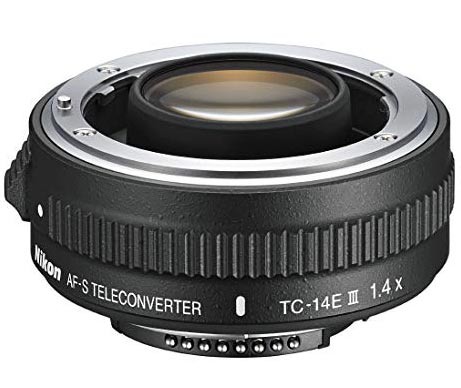
Let us have a look at the popular teleconverter models from Nikon.
| Nikon Teleconverters | ||
| Teleconverter Model (Nikon) | Focal Length Multiplication Factor | Reduction in Aperture |
| Nikon TC-20EIII AF-S teleconverter (2189) | 2x | 2 stops |
| Nikon TC-17EII AF-S teleconverter (2151) | 1.7x | 1.5 stops |
| Nikon TC-14EIII AF-S teleconverter (2219) | 1.4x | 1 stop |
Let us have a look at the popular teleconverter models from Canon.
| Canon Teleconverters | ||
| Teleconverter Model (Nikon) | Focal Length Multiplication Factor | Reduction in Aperture |
| Canon EF Extender 1.4x III | 1.4x | 1 stop |
| Canon EF Extender 2.0x III | 2x | 2 stops |
You can also get cheap ones from third-party vendors. Some of them come without the autofocus feature.
So, check the features and read reviews, if you plan to buy one of these.

